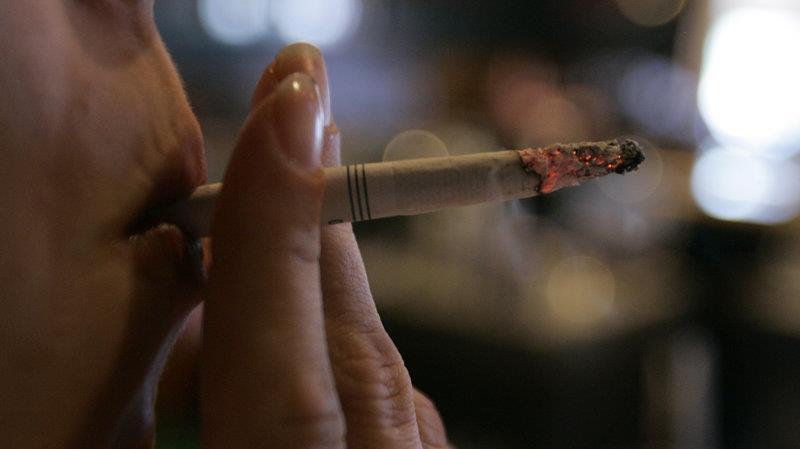In the span of 12 months, 82% of students between the age of 15 and 16 years old have consumed alcohol, according to new research published on Thursday.
In Malta, research shows that 85% of students in Malta perceive that it is ‘fairly or very easy to obtain’ alcoholic substances. Figures also show that in Malta, 34% of students have consumed alcohol at the age of 13 or younger and 6% first got drunk at the age of 13 or younger.
The European School Survey Project on Alcohol and Other Drugs (ESPAD), is a report which collects data and analysis on substance use and addiction amongst 15-16 year old school students. The findings of ESPAD data are based on a 2019 survey, where Malta was one of the 35 European countries which took part in the study. Data is collected every four years and the 2019 report is the 7th edition.
A total of 3,043 Maltese and Gozitan students participated in this study, students from independent, state and Church schools and the research was carried out by the Foundation for Social Welfare Service (FSWS). A total of 99,647 European students participated in the survey.
When it comes to alcohol, the results from other European countries are lower when compared to the numbers in Malta; therefore meaning that Mata has a higher level of alcohol consumption. According to the data collected boys drank much more than girls, 7.8% when compared to 6.3% of girls.
Whilst it is illegal for under 17 year olds to purchase alcohol, when students were asked about their purchasing alcohol in bars, clubs or discos, in the previous 30 days, 44% of students had purchased alcohol in such premises.
Tobacco and nicotine products

When it comes to cigarette use amongst students, there has been a significant decrease of Maltese students reported smoking cigarettes.
7.4% of Maltese students have reported smoking cigarettes at the age of 13 or younger, whilst in Europe the average is 18%. In Malta, girls have higher rates of cigarette use than boys, which could result in the change of roles in females in society or marketing targeting to females.
The report highlighted that declining trends of cigarette use, which could reflect the stricter regulations when it comes to advertising smoking and an increase prices of cigarette products.
Cannabis and drugs
Cannabis remains an easy illicit drug to obtain in Malta, with 33% of students find it ‘very easy or fairly easy’ to obtain cannabis; data which is on par with the European average of 32%. 4.7% of students used cannabis in the previous 30 days when the survey was conducted.
Girls and boys have an equal amount of cannabis use.
The use of range of illicit drugs (cannabis, LSD, amphetamines, crack, cocaine, heroin and ecstasy) is less widespread than the use of alcohol and cigarettes, with 12% of students reporting the use of any of the listed illicit drugs during their lifetime.
Increase in social media use and gaming

Most students reported using social media within the last 7 days, whereas 91% reported that they use social media on a school day and 97% reported use it on a non-school day. The study finds that a higher percentage of girls than boys used social media for 4 or more hours on school day (45% girls and 31% of boys) and on non-school days (75% of girls and 60% of boys).
When it comes to gaming, more boys spend a higher average number of days gaming in the last seven days, when compared to girls and boys spend much more time gaming than girls.
We have made progress but we still have a long way to go
Family, Children’s Rights and Social Solidarity Minister Michael Falzon commented on the results of the study, stating how there have been improvements but that there is a lot more to be done. “Let us work together in this sector and understand that addiction is not the solution but is part of a much bigger problem,” said Falzon.
He said that it is important to look at the study in more detail and to understand what brought these youths to begin an addiction. “Did this behaviour begin at home? Is it with friends? We need to understand that people begin an addiction to exit from their reality and we need to see how we can provide more prevention of these young people starting such addictions.”
He said that there need to be more local programmes and activities to bring out the message that addiction is not a solution but is part of bigger problems.